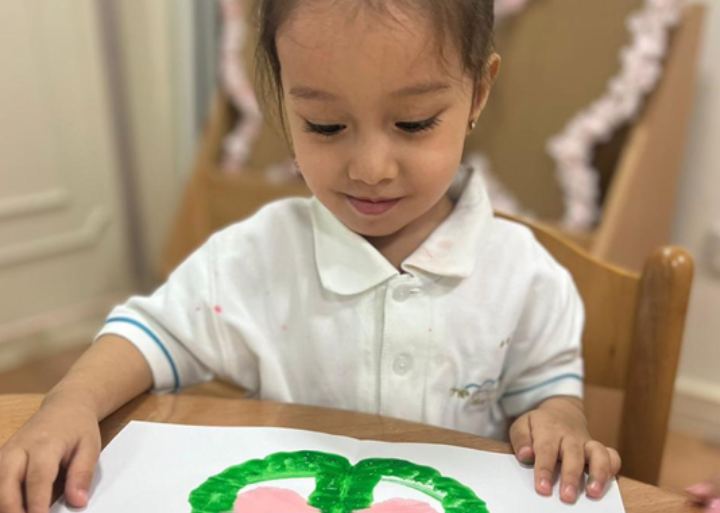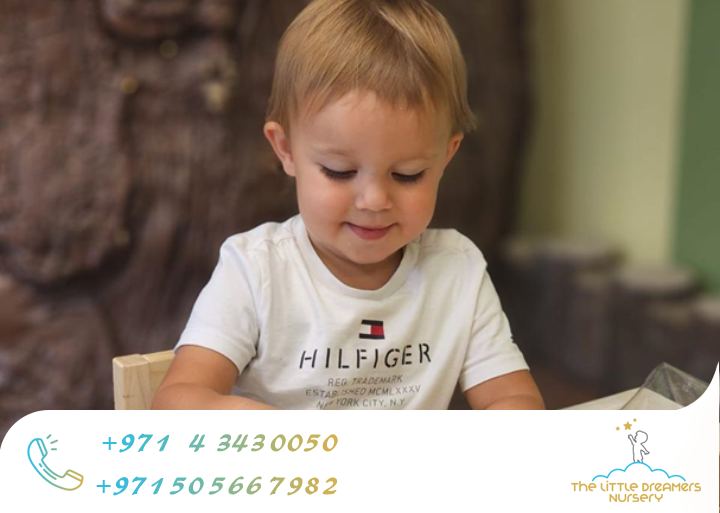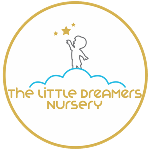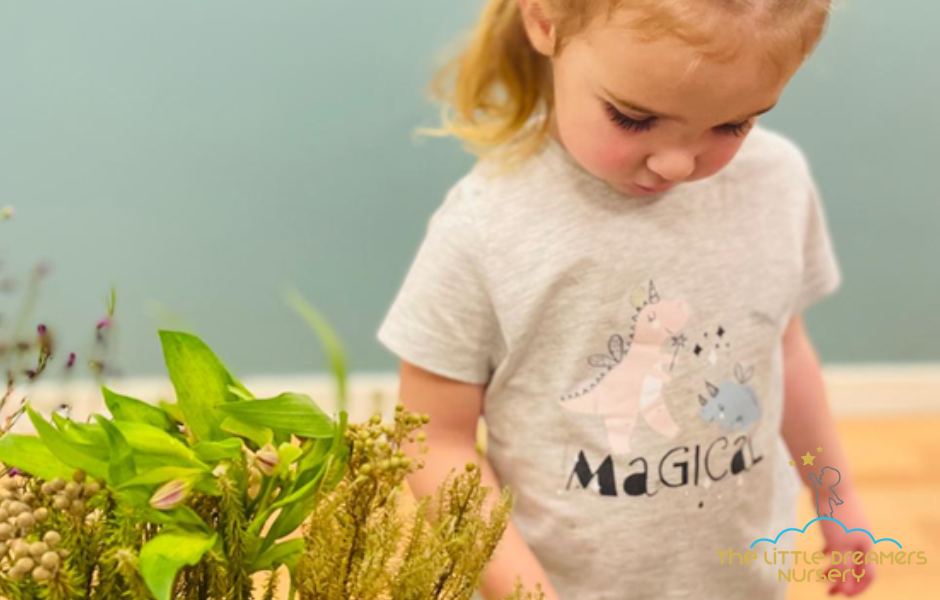Early childhood is a period of rapid growth and development, characterized by a child’s innate curiosity and eagerness to explore the world around them. As children start their journey of discovery, it’s essential to recognize that they learn in various ways.
Understanding different learning styles can help caregivers, educators, and parents create a nurturing environment that fosters each child’s unique potential. In this guide, we will take a look into diverse learning styles in early childhood education and help you in understanding your child’s learning style.
What are Learning Styles?
Learning styles refer to the individual ways in which people prefer to receive, process, and retain information. While there are numerous theories and classifications, 3 types of learning styles are commonly recognized:
- Visual Learners: Visual learners are individuals who best absorb information through visual cues such as images, diagrams, charts, and demonstrations. They may benefit from activities that involve drawing, coloring, or watching videos.
- Auditory Learners: Auditory learners prefer to learn through listening and hearing information. They may respond well to lectures, discussions, music, and rhymes.
- Kinesthetic Learners: Kinesthetic learners learn best by doing, touching, and moving. They may enjoy hands-on activities, experiments, and role-playing.

Diverse Learning Styles in Early Childhood Education
In early childhood education, it’s crucial to acknowledge that children possess diverse learning styles. One child may excel at visual tasks, while another may thrive in hands-on activities. By recognizing these different learning styles in childcare, educators can create a classroom environment that caters to the needs of all learners.
- Learning Styles Early Years
During the early years, children are naturally curious and eager to explore. Providing them with opportunities to engage in various activities can help them identify their preferred learning styles. For example, offering both visual and auditory options for storytelling, such as reading aloud a book or showing a puppet show, can accommodate different preferences.
- Learning Styles in Early Childhood
Understanding learning styles is essential for creating a stimulating and inclusive learning environment. By incorporating activities that cater to different styles, educators can help children develop a love for learning and build a strong foundation for future success.
- Learning Styles in Early Childhood Education
In early childhood education, it’s crucial to foster a culture of respect for individual differences. By recognizing and valuing diverse learning styles, educators can create a classroom where every child feels valued and supported.

Different Learning Styles in Childcare
Childcare providers play a vital role in supporting children’s learning and development. By understanding different learning styles, they can create a nurturing environment that promotes each child’s growth. For example, incorporating a variety of activities, such as art projects, music sessions, and outdoor play, can cater to different preferences.
Understanding Your Child’s Learning Style
As a parent, understanding your child’s learning style can help you provide targeted support and create a stimulating home environment. Observe your child’s interests, strengths, and preferences to gain insights into their learning style. By tailoring activities and learning experiences to their individual needs, you can foster their growth and development.
Here are some tips to help you identify your child’s preferred way of learning:
-
Observe Your Child’s Behavior
- Interests: Pay attention to your child’s natural interests and hobbies. What activities do they gravitate towards?
- Play Preferences: Notice how your child engages in play. Do they prefer imaginative play, building with blocks, or physical activities?
- Learning Challenges: Observe any difficulties your child may encounter in school or other learning situations. These challenges can provide clues about their learning style.
-
Ask Questions
- Learning Preferences: Directly ask your child about their preferred ways of learning. Do they enjoy reading, listening, or doing hands-on activities?
- Strengths and Weaknesses: Inquire about their strengths and weaknesses in different subjects. This can help you identify patterns related to their learning style.
-
Experiment with Different Activities
- Variety is Key: Offer a wide range of activities to see how your child responds. Try different approaches, such as reading aloud, playing games, or doing hands-on experiments.
- Observe Reactions: Pay attention to your child’s engagement and enthusiasm during different activities. This can provide insights into their preferred learning style.
-
Consider Their Personality
- Introversion vs. Extroversion: Introverted children may prefer quiet activities and independent learning, while extroverted children may thrive in social settings and group activities.
- Sensory Preferences: Consider your child’s sensory sensitivities. Are they sensitive to noise, touch, or light? This can influence their preferred learning environment.
-
Consult with Educators
- Teacher Insights: Talk to your child’s teachers to gain their perspective on your child’s learning style. They may have observed patterns or preferences in the classroom.
- Recommendations: Ask for specific recommendations based on your child’s learning style. This could include suggestions for activities, resources, or teaching strategies.

Conclusion
At Dreamers Nursery, we believe that every child is unique and deserves a learning environment that supports their individual needs. By understanding different learning styles, we strive to create a nurturing and inclusive atmosphere where children can thrive and reach their full potential.
Through a variety of activities, experiences, and personalized attention, we aim to foster a lifelong love of learning in our young learners.








